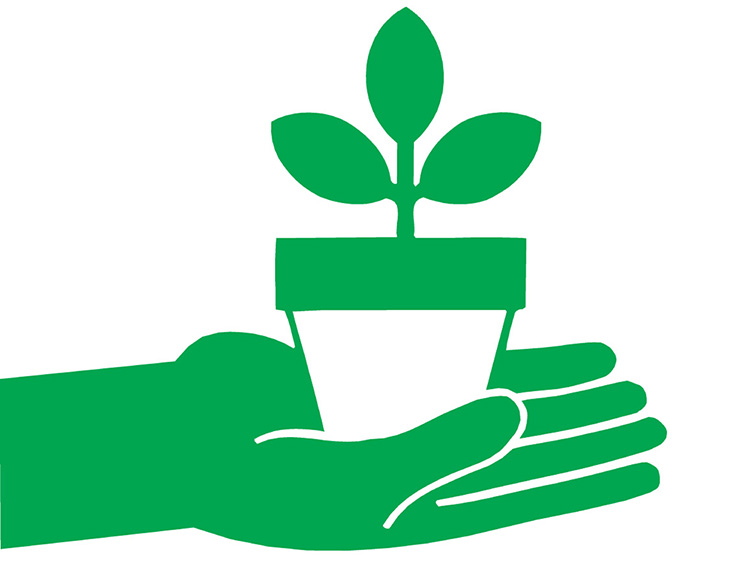
By Mary Jane Frogge, Extension Associate in Lancaster County
Prune fruit trees and grapes in late February or early March after the worst of the winter cold is past but before spring growth begins.
Check any vegetables you have in storage. Dispose of any showing signs of shriveling or rotting.
Order perennial plants and bulbs now for cut flowers this summer. Particularly good choices are phlox, daisies, coreopsis, asters and lilies.
Order gladiolus corms now for planting later after all danger of frost is past. Plant in full sun in well-drained soil.
Check stored bulbs, tubers and corms. Discard any that are soft or diseased.
Late February is a good time to air-layer such house plants as dracaena, dieffenbachia and rubber plant, especially if they have grown too tall and leggy.
This year plan to grow at least one new vegetable you have never grown before; it may be better than what you are already growing. The new dwarf varieties, which use less space while producing more food per square foot, may be just what you are looking for.
Check all five growing factors if your house plants are not growing well. Light, temperature, nutrients, moisture and humidity must be favorable to provide good growth.
Branches of forsythia, pussy willow, quince, spirea and dogwood can be forced for indoor bloom. Make long, slanted cuts when collecting the branches and place the stems in a vase of water. Change the water every four days. They should bloom in about three weeks.
Send off seed orders early this month to take advantage of seasonal discounts. Some companies offer bonus seeds of new varieties to early buyers.
Don’t start your vegetable transplants indoors too early. Six weeks ahead of planting is early enough for fast-growth species, such as tomatoes; eight weeks for slower-growing types, such as peppers.